Acclaimed as the First Folk Residence in Cathay, the Grand Courtyard
of the Wangs is the largest-existing folk residence cluster in China and
a model of the merchant family's residence in North China's Shanxi
Province, demonstrating the quintessence of Chinese architectural art
and cultural values. The famous architect Zheng Xiaoxie researched the
place six times, describing it as a priceless treasure not only for the
nation, but also for the entire world.
Situated in Jingsheng Town,
12 km east of Lingshi County in the province, the Wang's Grand
Courtyard is only 35 km from the Ancient City of Pingyao, which is a
UNESCO World Cultural Heritage Site and make contribution to
China tourism.

This
luxurious residence covers about 45,000 square meters with 123
compounds and 1,118 rooms and took about half a century (1762-1811) to
build. It always contained in the packages of
China tour deals.
The Wangs
Besides
the unique constructions and the cultural bearings, what attract
tourists most are the legends and tales about the Grand Courtyard's
owner, the Wangs. The Wang clan originally lived in Taiyuan, capital of
Shanxi Province, before their ancestor Wang Shi moved to Jingsheng
during the reign of Emperor Huangqing (1312-1313) of the Yuan Dynasty
(1271-1368).
After moving to Jingsheng, Wang Shi mainly engaged in
agriculture, but also made bean curd. The business gradually thrived as
a result of the family's hard work and business virtues. Some members
began to attend school, making the Wangs a distinguished family in the
town.
The Wangs prospered during the reigns of Emperors Kangxi
(1662-1722), Qianlong (1736-1795), and Jiaqing (1796-1820) in the Qing
Dynasty (1644-1911). The family conducted large-scale constructions at
the time, building many houses, ancestral temples, graveyards, stores,
and workshops. Besides, they also set up some free private schools and
barns, built roads and bridges, dug channels, offered relief to those
people struck by disasters, and did some other philanthropic works. In
this period alone, the family produced 12 top-ranking government
officials.

The
Wangs began to decline during Emperor Daoguang's Reign (1820-1850).
Besides the social and political reasons, another important factor that
led to their decline was the later generations' abandonment of the
family's traditional values like diligence and thriftiness. They became
increasingly luxurious; some gave up attending school, choosing instead
to bribe their way into government positions; while others indulged in
opium, leading to the erosion of the once-prosperous family. The few
members of the family who still had shops and stores within the province
or other big cities like Beijing and Tianjin before the outbreak of the
War of Resistance Against Japanese Aggression (1937-1945) lost what
little they had after the outbreak. The whole family moved southward
after the Lugou Bridge Incident (or Marco Polo Bridge Incident, staged
by Japanese imperialists in their attempt to control the whole of China,
which marked the beginning of China's war against Japan).
With a
history of more than 680 years, the Wangs have lived on for 27
generations throughout all the ups and downs. Now there are some newly
emerged talents in various fields from the Wangs. Upon gazing at the
Wang Grand Courtyard, one can vividly feel the history of China in the
past few centuries through the legend of one common family.
The Construction Style and Folk Customs
With
a time-honored history, Jingsheng is a famous historical and cultural
town. Archeological finds have revealed a painted pottery site of the
Neolithic Age in the town, demonstrating that Chinese ancestors have
dwelt in the place a long time. The tomb cluster dating form the Shang
Dynasty (About 16th - 11th century BC) boasts a lot of precious relics
from the Bronze Age. The cultural relics from the Qin and Han dynasties
(221BC-220AD, obtain more about Chinese history via
China guide)
also abound in the town. Currently, there are still many buildings in
Jinsheng that were built in the Yuan Dynasty (1271-1368).
The
Grand Courtyard of the Wangs, deliberately protected and left from the
Qing Dynasty, boasts strong ethnic Chinese flavor and occupies an
important position in Chinese construction history.
The
mansions of the family are rather luxurious, as the family paid little
attention to the production cost. In the Kangxi Reign of the Qing
Dynasty, the Wangs built the first two lanes named Yongcui and Suorui
for their mansions in Jingsheng. In the Qianlong Reign, the Zhongling
lane was built, and the Hongmen, Gongji, and Dongnan fortresses were
also built to form a dwelling area for the Wangs. During the Yongzheng
Reign, the Chongning Fortress was built. Two Wang members, Wang Rucong
and Wang Rucheng, built the Gaojiaya dwelling area, the last
construction cluster.
Gaojiaya began to be built in 1796 and
finished in 1811. After 16 years, the whole construction covered 11,728
square meters with 26 courtyards and 218 rooms. The features of the
mansion are as follows:
First,
the whole construction faces the river, away from the mountain. The
buildings were established upon the fully advantages of the landscape of
the hills, which makes the whole compound appear scattered in a
graceful manner. Layers of gardens on different heights of the hill give
the compound more levels and the hill more vibrancy and glamour.
Second,
the compound walls of are very tall, and there are four gates on four
circles of walls that enclose the buildings on different layers. This
style inherited the construction mode of the Western Zhou Dynasty (11th
century-771BC) that employs halls in the front and rooms in the rear
part, as well as many rows of houses. There are a multiple of spaces,
which strengthens safety.
The
main body of each building strictly follows feudal rules about the
construction styles of different ranks, reflecting the class differences
in the feudal society as well as the notions and thoughts of the
scholar-officials.
The third feature is the magnificence and the
complete functions of the compound. The main body of the construction is
symmetrical in its layout. Inside one courtyard, there always seems to
be another; behind one door, there always seems to be another door.
Rooms, pavilions, studies, gardens, and kitchens are all stationed in
the places that are most suitable to them.
Stone carvings, brick
carvings, and woodcarvings have various themes and rich content. Known
for their exquisite skills, the carvings incorporate folk customs and
folk arts, and best represent the fine and dense artistic style of the
Qing Dynasty. Many experts and scholars think that the place is suitable
for traveling, dwelling, and just plain appreciating.
If you are interested in the courtyard, you can head to there after your
Xian tours.













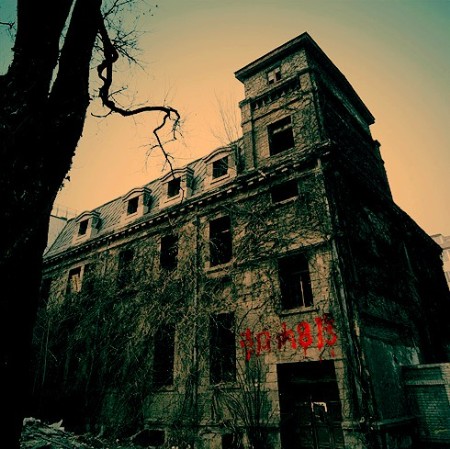
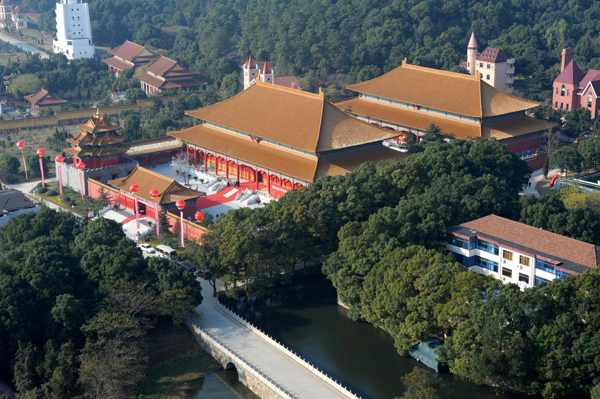
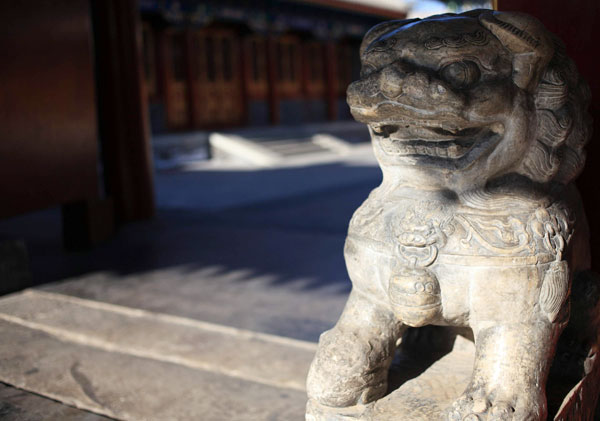
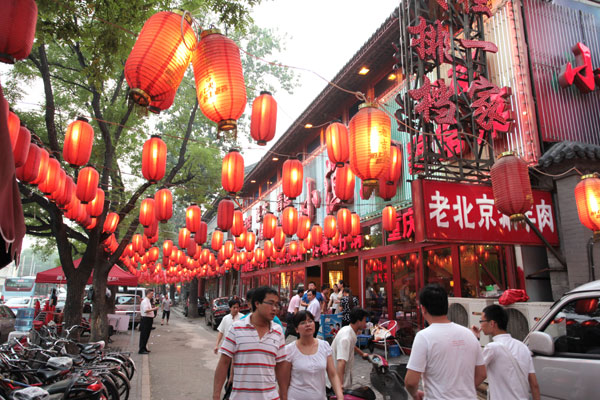
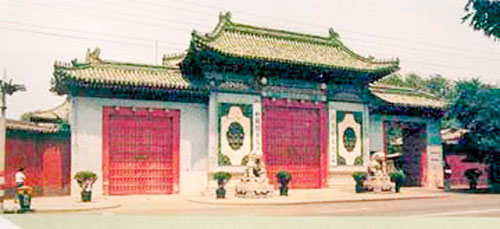

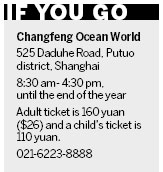
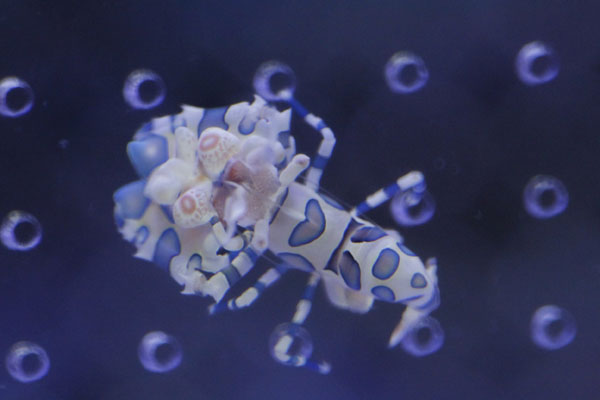
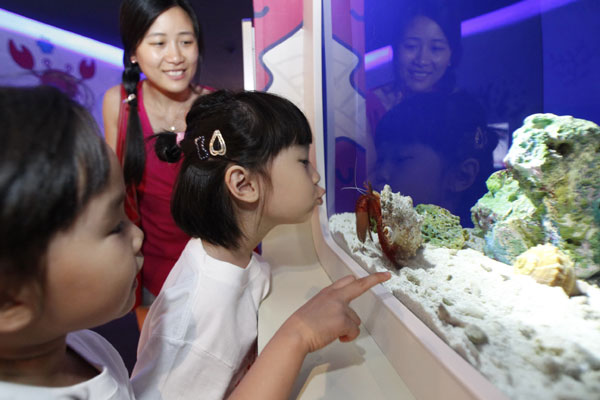





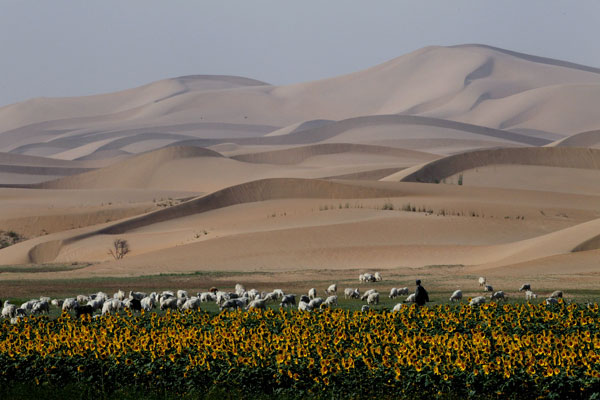 However, I am unexpectedly overjoyed to find a kaleidoscope of colors in this tiny spot in the west of the autonomous region.
However, I am unexpectedly overjoyed to find a kaleidoscope of colors in this tiny spot in the west of the autonomous region.








